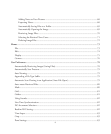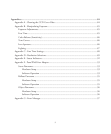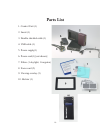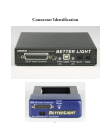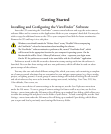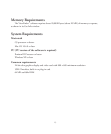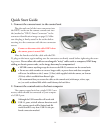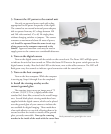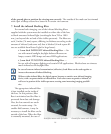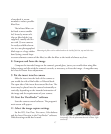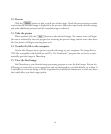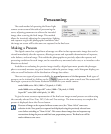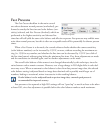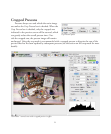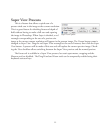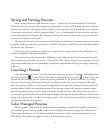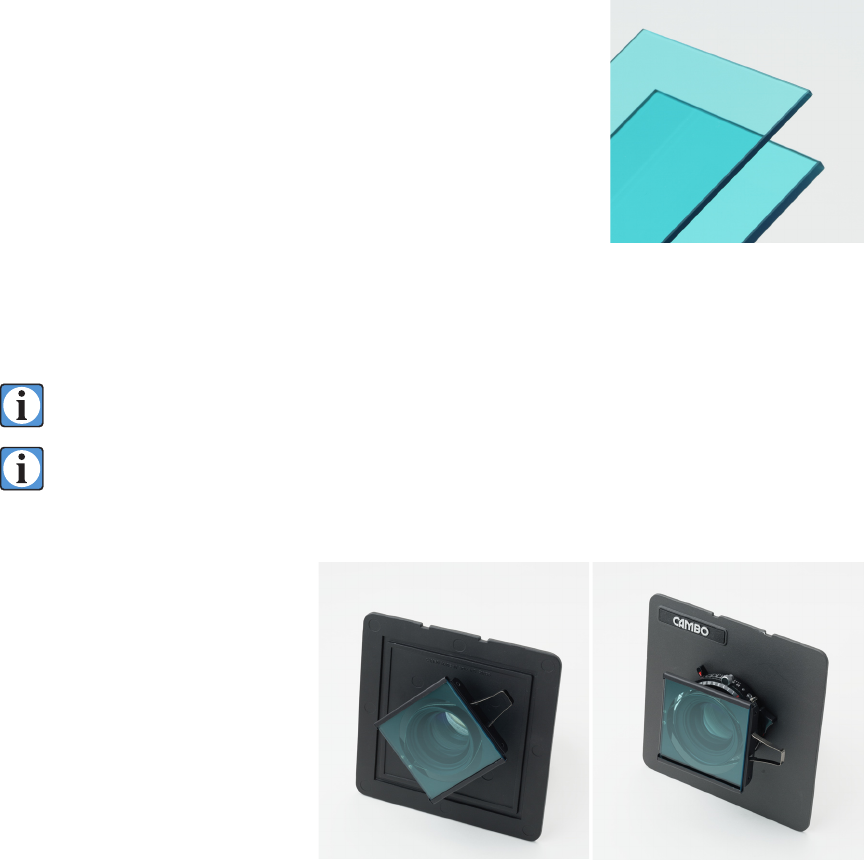
16
of the ground glass to position the viewing area correctly. e outside of the mask can be trimmed
with a pair of sharp scissors for a better fit in certain view cameras.
7. Install the infrared blocking filter
For normal color imaging, one of the infrared blocking filters
supplied with the system must be installed on either side of the lens
to block unwanted infrared light (wavelengths from 700 to 1000
nm., just beyond the red end of the visible spectrum). e filters are
each 3 inches (76 mm) square, differing in thickness according to the
amount of infrared (and some red) that is blocked (4 inch square fil
-
ters are available from Better Light for large lenses).
• 2 mm thick DAYLIGHT infrared blocking filter — for
use with natural sunlight, daylight-balanced fluorescent
lamps, ceramic HID lamps and most HMI applications.
• 3 mm thick TUNGSTEN infrared blocking filter
—
for use with all tungsten lighting and certain HMI applications. Blocks about ten times as
much infrared as the daylight filter.
In cases of extreme infrared contamination (reflection), both filters can be used together to
increase the amount of infrared blocking.
Without either infrared filter, the digital camera becomes a sensitive near-infrared imaging
device, with a response similar to infrared film. Each color sensor responds to infrared, as
well as to its portion of the visible spectrum, creating some interesting imaging possibili
-
ties.
e appropriate infrared filter
is best installed on the inside of
the lens. In this position, filter
flare is minimized and the filter is
protected from dust and damage.
Also, the lens controls are unob
-
structed, for easier setup. On
smaller field cameras, it may be
necessary to install the filter on the
outside of the lens. When the filter
is externally mounted, the use of
Daylight (top) and tungsten (bottom)
filters, side views.
Inside filter mount with clip holder. Outside filter mount with clip holder.



